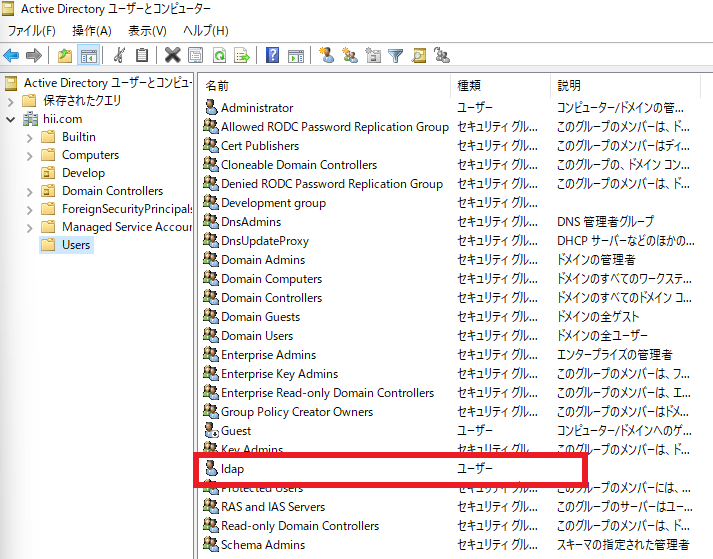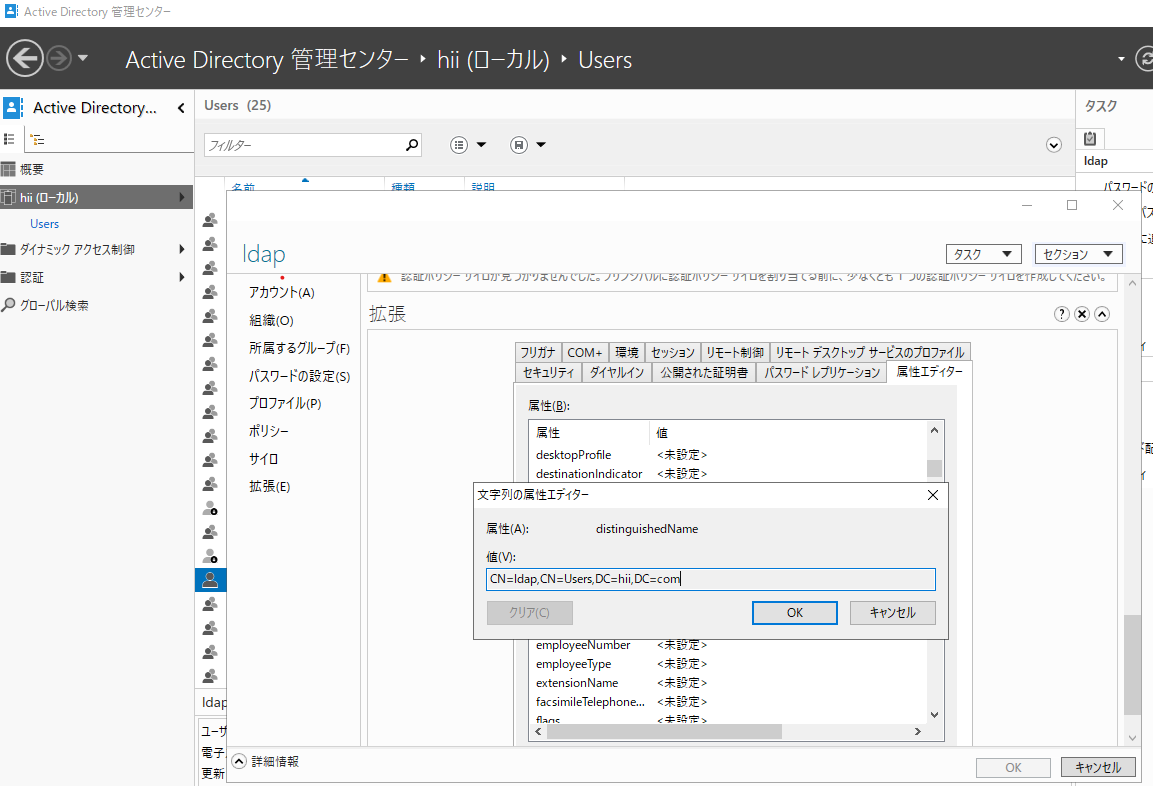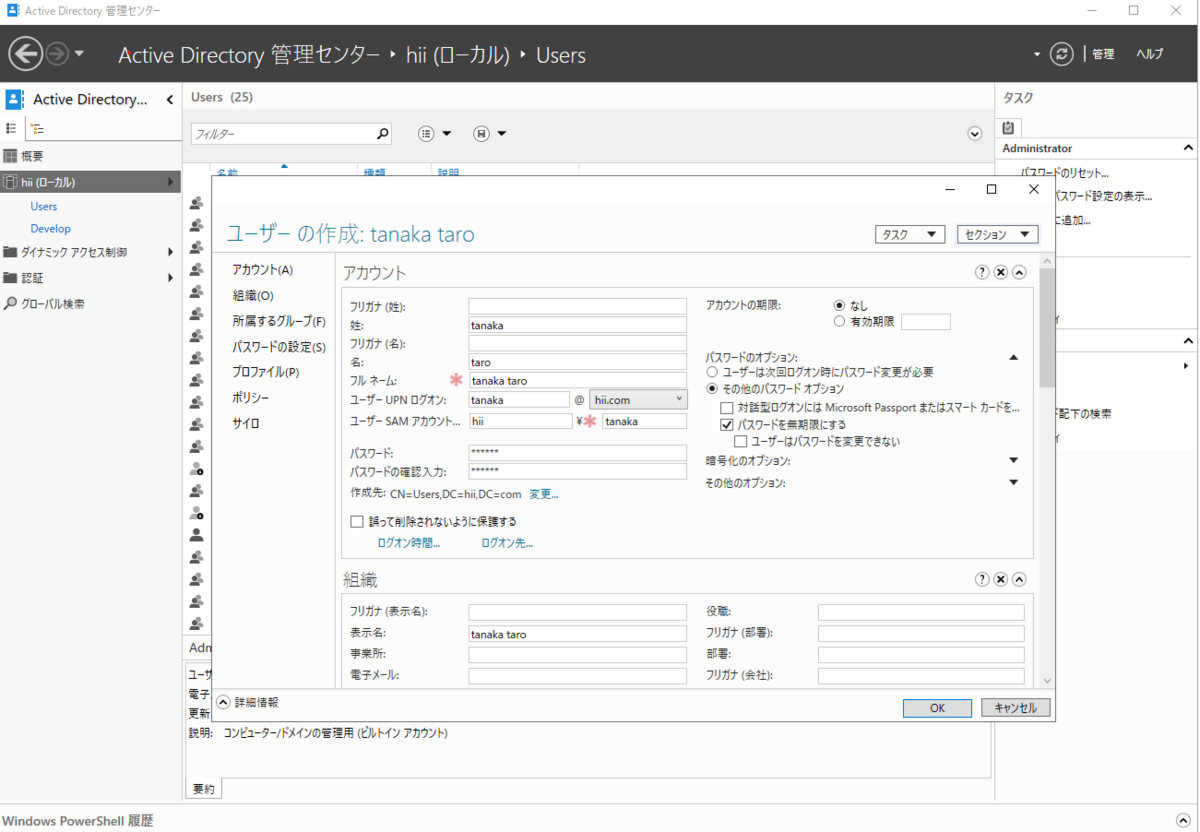Automation Hub接続に使用するオフライントークンは30日間アクティブでない状態が続くと期限切れとなってしまう。
公式ではcurlコマンドを実行すると記載があるがどうせならPlaybookにしてみる
概要
- 公式で提供されるcurlコマンドをもとにuriモジュールを使用したPlaybookサンプルを作成
環境
オフライントークン期限切れ防止のPlaybook作成
curl https://sso.redhat.com/auth/realms/redhat-external/protocol/openid-connect/token -d grant_type=refresh_token -d client_id="cloud-services" -d refresh_token="{{ user_token }}" --fail --silent --show-error --output /dev/null
$ curl https://sso.redhat.com/auth/realms/redhat-external/protocol/openid-connect/token -d grant_type=refresh_token -d client_id="cloud-services" -d refresh_token="{{ user_token }}" | python -m json.tool
- 実行ログ
- オフライントークンと別のトークンが出力されていたが公開していいのか分からないので伏せてますmm
{
"access_token": "よくわからないトークン",
"expires_in": 900,
"refresh_expires_in": 0,
"refresh_token": "よくわからないトークン",
"token_type": "Bearer",
"id_token": "よくわからないトークン",
"not-before-policy": 0,
"session_state": "beb141b6-1b55-4586-9ac7-a0090a201359",
"scope": "openid api.iam.service_accounts api.iam.organization offline_access"
}
オフライントークン期限切れ防止のサンプルPlaybook作成
- hosts: localhost
gather_facts: false
connection: local
vars:
ah_offline_token: <オフライントークン書いてね>
tasks:
- name: "Automation Hub Offline Token Expiration Prevention API"
ansible.builtin.uri:
url: "https://sso.redhat.com/auth/realms/redhat-external/protocol/openid-connect/token"
method: POST
body_format: "form-urlencoded"
body:
grant_type: "refresh_token"
client_id: "cloud-services"
refresh_token: "{{ ah_offline_token }}"
register: response
- name: "Debug response"
ansible.builtin.debug:
var: response
PLAY [localhost] ***********************************************************************************************************************************************************************************************************
TASK [Automation Hub Offline Token Expiration Prevention API] **************************************************************************************************************************************************************
ok: [localhost]
TASK [Debug response] ******************************************************************************************************************************************************************************************************
ok: [localhost] => {
"response": {
"cache_control": "no-store",
"changed": false,
"connection": "close",
"content_length": "5660",
"content_type": "application/json",
"cookies": {
"2a4bcc483fa585dc0ad94b51550d0923": "29857b1cb4903eae4c4774926bc13f28"
},
"cookies_string": "2a4bcc483fa585dc0ad94b51550d0923=29857b1cb4903eae4c4774926bc13f28",
"date": "Thu, 06 Apr 2023 12:21:19 GMT",
"elapsed": 0,
"failed": false,
"json": {
"access_token": "よくわからないトークン",
"expires_in": 900,
"id_token": "よくわからないトークン",
"not-before-policy": 0,
"refresh_expires_in": 0,
"refresh_token": "よくわからないトークン",
"scope": "openid api.iam.service_accounts api.iam.organization offline_access",
"session_state": "beb141b6-1b55-4586-9ac7-a0090a201359",
"token_type": "Bearer"
},
"keep_alive": "timeout=300",
"msg": "OK (5660 bytes)",
"pragma": "no-cache",
"redirected": false,
"referrer_policy": "strict-origin",
"set_cookie": "2a4bcc483fa585dc0ad94b51550d0923=29857b1cb4903eae4c4774926bc13f28; path=/; HttpOnly; Secure; SameSite=None",
"status": 200,
"strict_transport_security": "max-age=31536000; includeSubDomains",
"url": "https://sso.redhat.com/auth/realms/redhat-external/protocol/openid-connect/token",
"x_content_type_options": "nosniff",
"x_frame_options": "SAMEORIGIN",
"x_rh_edge_cache_status": "Miss from child, Miss from parent",
"x_rh_edge_reference_id": "0.2f9e3a17.1680783679.40bfc1bd",
"x_rh_edge_request_id": "40bfc1bd",
"x_site": "prod-spoke-aws-us-east-1",
"x_xss_protection": "1; mode=block"
}
}
- レスポンスがおおむね同じなので成功っぽい(ステータスも200)
参考Link











